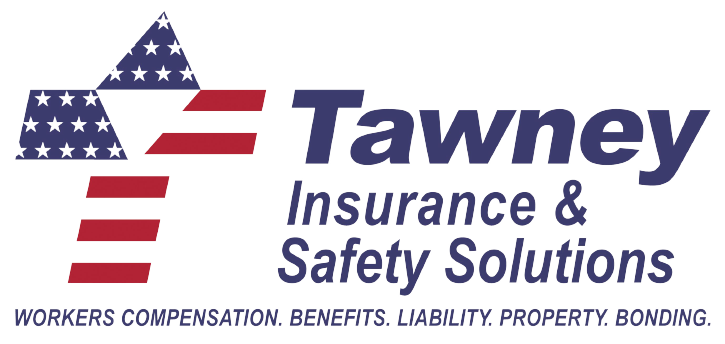Jobsite Safety Essentials: Protecting Your Workers and Business
Jobsite safety isn't just about meeting regulations, it's about sending every worker home safely each day. On busy construction sites where multiple trades work simultaneously, overlooking basic safety protocols can lead to serious injuries, project delays, and significant financial consequences. These practical safety tips address common jobsite hazards we frequently see during our safety consultations, helping you maintain a secure work environment while keeping your projects on schedule and your insurance costs manageable.
Eye Wash Stations: More Necessary Than You Might Think
Many clients ask us about eye wash station requirements. The misconception that they're only needed for corrosive materials can put your workers at risk. Even common products like standard paint often carry warnings about eye irritation.
For OSHA compliance and worker protection, remember:
Eye wash stations must be readily accessible
Multiple stations are typically needed throughout larger jobsites
Workers should never need to travel excessive distances to reach one
Quick access is critical during the first moments of an eye emergency
Equipment Safety: Simple Practices That Prevent Accidents
Proper equipment handling prevents costly accidents and potential liability claims. When using powered industrial equipment like telehandlers:
Never leave forklifts unattended with forks raised
Always set brakes when equipment is not in use
Keep forks level with the ground when parked
Train operators on proper shutdown procedures
These simple practices significantly reduce accident risks and demonstrate your commitment to maintaining a safe workplace.
Silica Dust Control: Using the Right Equipment Matters
During construction cleanup, particularly with masonry work, controlling silica dust requires proper equipment:
Standard shop vacuums are inadequate for silica dust control
HEPA systems (High-Efficiency Particulate Air filtration) capture harmful silica particles
True HEPA vacuums must be designed specifically for this purpose
Simply adding a HEPA filter to a regular vacuum is insufficient
Sweeping compounds can be an alternative when HEPA vacuums aren't available
Proper silica management helps maintain compliance and protects workers from serious respiratory conditions.
Temporary Heating Safety: Preventing Carbon Monoxide Risks
When using temporary heating during winter construction:
Monitor carbon monoxide levels in enclosed spaces
Ensure proper ventilation when using fuel-burning heaters
Maintain equipment according to manufacturer specifications
Clean heating units regularly to prevent incomplete combustion
Proper heating practices keep your workers safe while maintaining the temperatures needed for painting, drywall installation, and other temperature-sensitive tasks.
How We Help Protect Your Business
Our team specializes in comprehensive safety solutions that complement your insurance coverage. From tailored safety programs to specialized training courses, we help you identify and address workplace hazards before they become costly incidents.
Want to learn more about protecting your workers and business? Contact our team today for a safety consultation that addresses your specific industry challenges.
